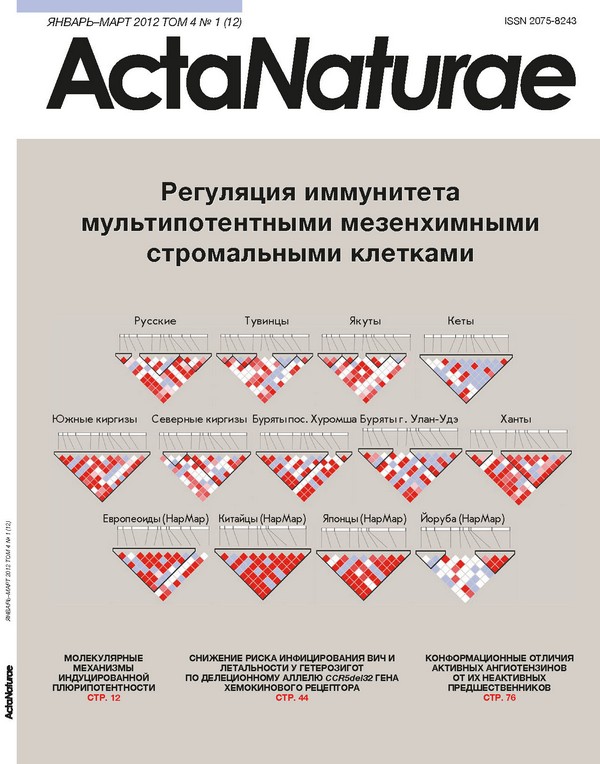Analogues of Artificial Human Box C/D Small Nucleolar RNA As Regulators of Alternative Splicing of a pre-mRNA Target
- Authors: Stepanov G.A.1, Semenov D.V.1, Kuligina E.V.1, Koval O.A.1, Rabinov I.V.1, Kit Y.Y.2, Richter V.A.1
-
Affiliations:
- Institute of Chemical Biology and Fundamental Medicine, Siberian Branch, Russian Academy of Sciences
- Institute of Cell Biology, National Academy of Sciences of Ukraine
- Issue: Vol 4, No 1 (2012)
- Pages: 32-41
- Section: Research Articles
- Submitted: 17.01.2020
- Published: 15.03.2012
- URL: https://actanaturae.ru/2075-8251/article/view/10631
- DOI: https://doi.org/10.32607/20758251-2012-4-1-32-41
- ID: 10631
Cite item







